
Nautilus is GNOME’s default file manager application, and you may have seen it in many Linux distributions.
It’s a good file manager with plenty of features. However, you can enhance your experience by employing some tweaks and tips.
I am going to share such tips and tweaks in this article. Some tweaks may require installing additional Nautilus plugins, while some are built-in but lesser-known features. A few tips are purely cosmetic and just change the look and feel.
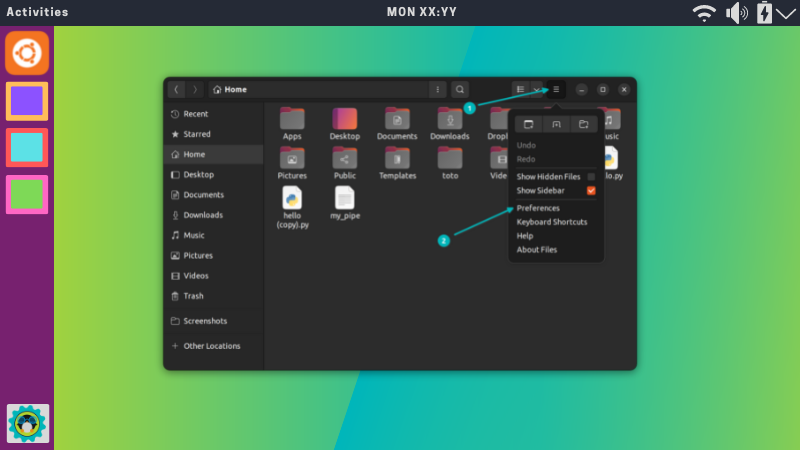
GNOME’s default file explorer used to be called Nautilus. It is now called Files. However, seasoned Linux users still refer to it as Nautilus. I have used both terms here.
One more thing. You don’t have to try and install each Nautilus plugin. Read the article and go with the ones that would be helpful for you.
I have added the Nautilus extension commands for Ubuntu/Debian. If you are using some other distribution, please use your package manager to install them.
1. Show the number of items in folders
You can show how many files and folders are inside a folder in GNOME Files.
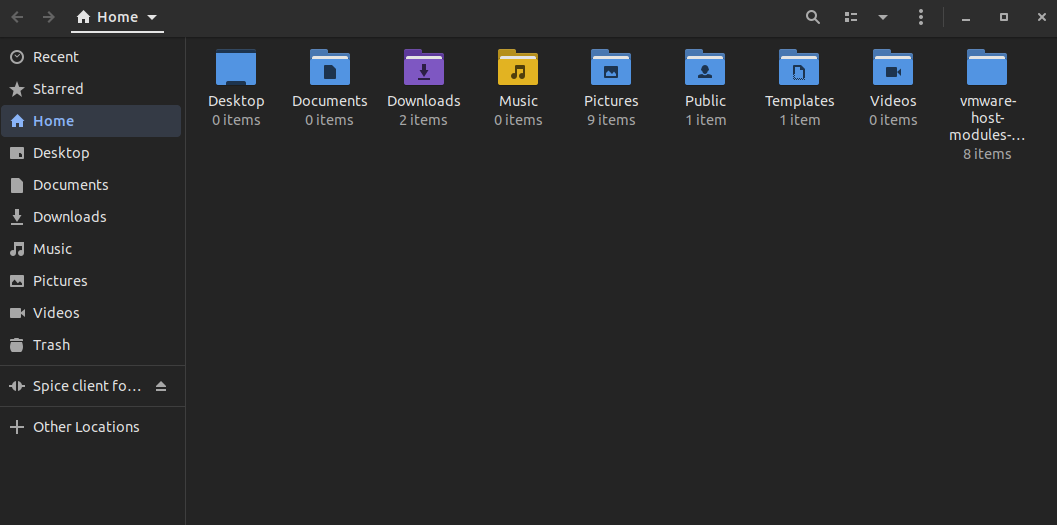
You don’t need to install any plugins for it. It’s a built-in feature.
Go to the Preferences in Nautilus.
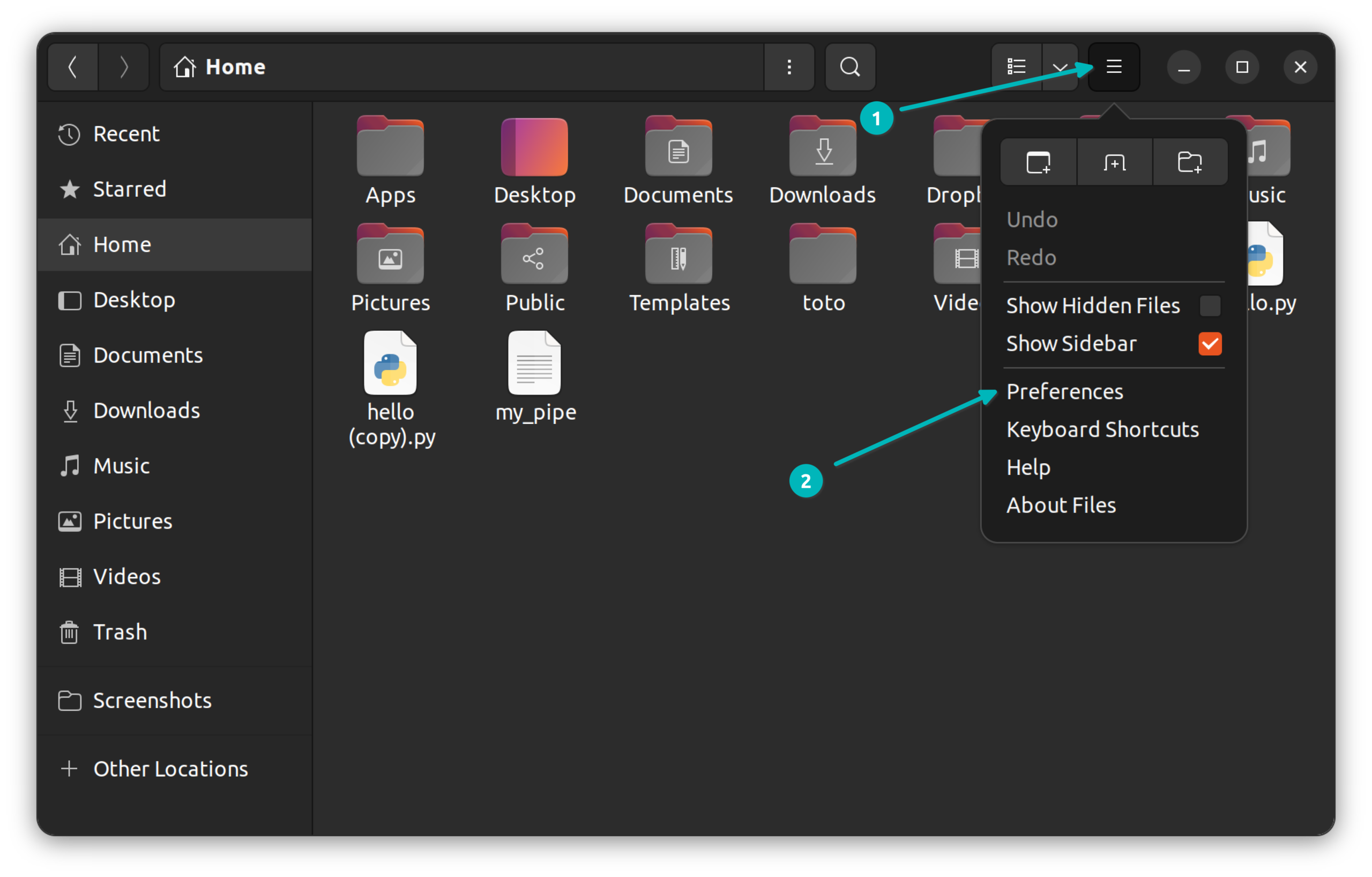
Under Icon View Captions, set the First place to Size.
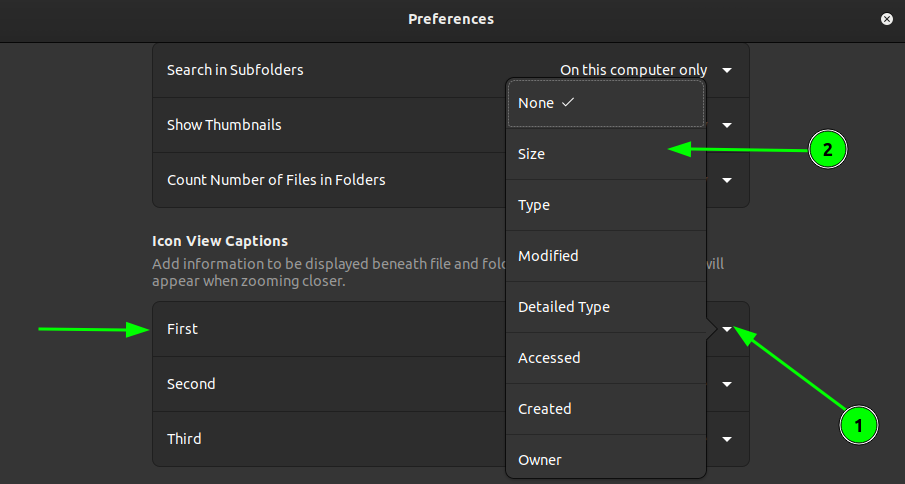
2. Add new document creation option in right click context menu
This is a feature that can increase your productivity. Right click on an empty place inside a folder and it should you see the option to create a new, empty text file or document.
It was removed from GNOME a few years back and it is likely to make a come back in the next GNOME release.
To achieve this, you need to create an empty file and name it New Document. Then save this file to the Templates directory to get it in the right-click context menu.
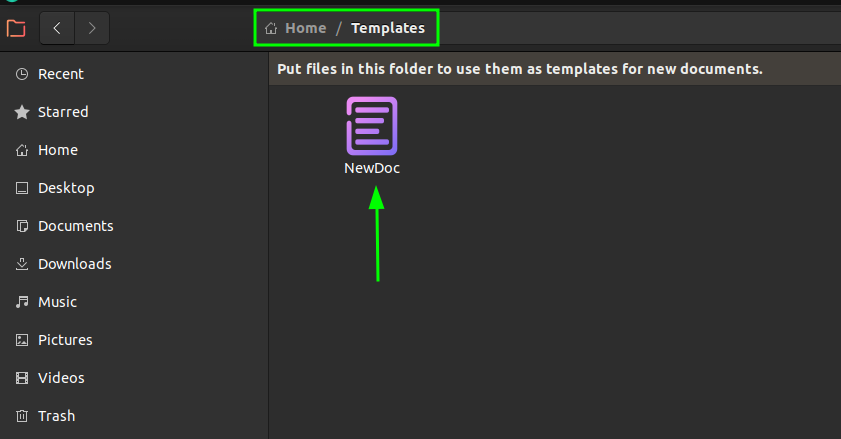
After this, you should see the option in the right-clikc context menu.
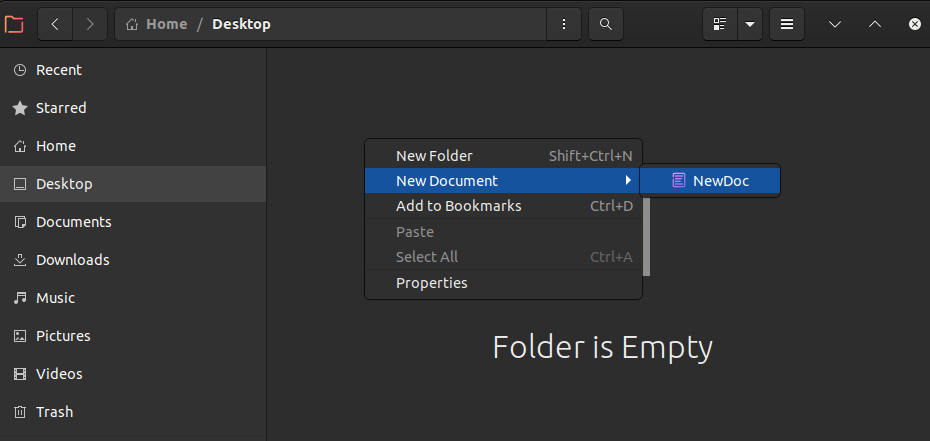
You can also add Word documents, PPT presentation options, etc in the right-click context menu similarly.
3. Add a permanent delete option in right-click context menu
By default, Nautilus provides “Move to trash” option in the right-click context menu. If you want to permanently delete a file or folder, you need to shift+delete or empty it from the trash.
You can enable Delete Permanent button under the right-click context menu from Nautilus preferences.

Now you will have an option to delete files and folders permanently in the right-click context menu.
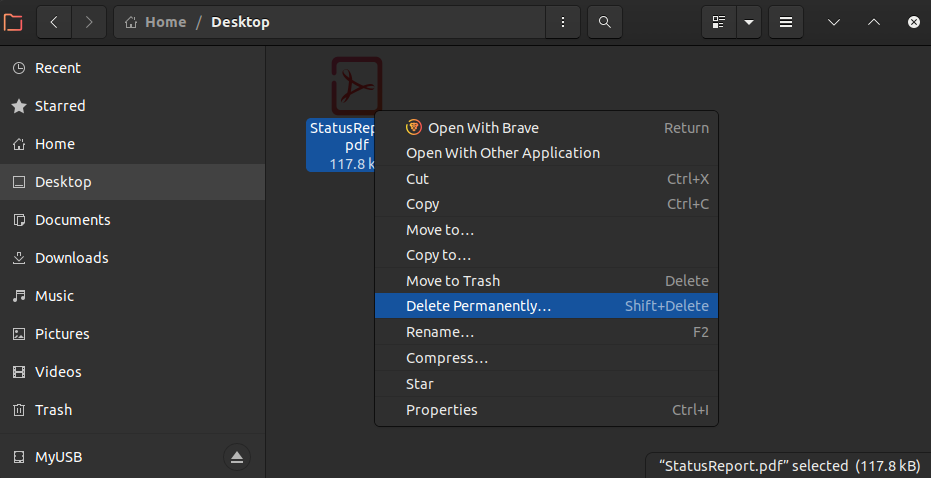
4. Completely wipe files and folders from the disk
Even if you permanently delete a file, chances are that the data could still be recovered.
Nautilus provides an extension to wipe files securely and fill the empty places so that data can not be recovered anymore.
Install the Nautilus extension first.
sudo apt install nautilus-wipeAnd then restart the file explorer:
nautilus -q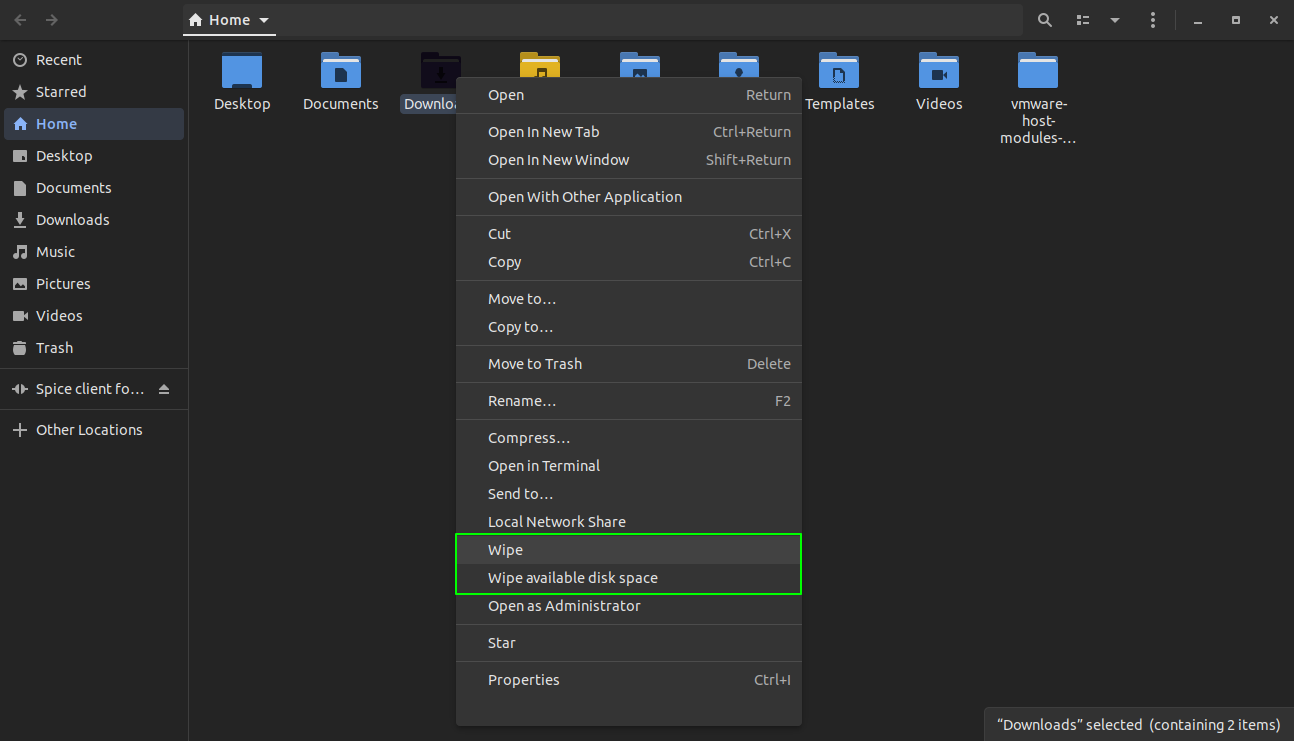
5. Enable quick file preview
Quick preview is rather a handy feature for a file manager. KDE’s Dolphin file manager provides it as a built-in feature.
You can preview files such as PDF, text, images, audio, etc. You can scroll documents while in preview.
In Nautilus, you need to install gnome-sushi to get this feature.
sudo apt install gnome-sushiNow, close all instances of file manager and open it again. To see the preview, select a file and press the Space key.
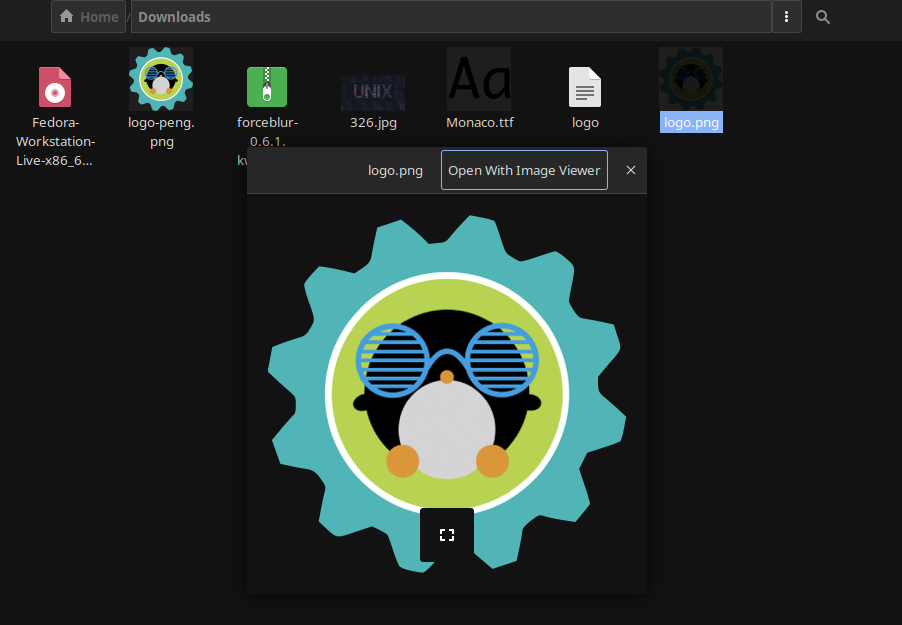
6. Get the list of recently visited directories
Nautilus has the feature to show ‘recently accessed files’. But what about the recently visited folders?
That can also be accessed. On the top left, right-click on the back arrow to get the list of previously visited folders.
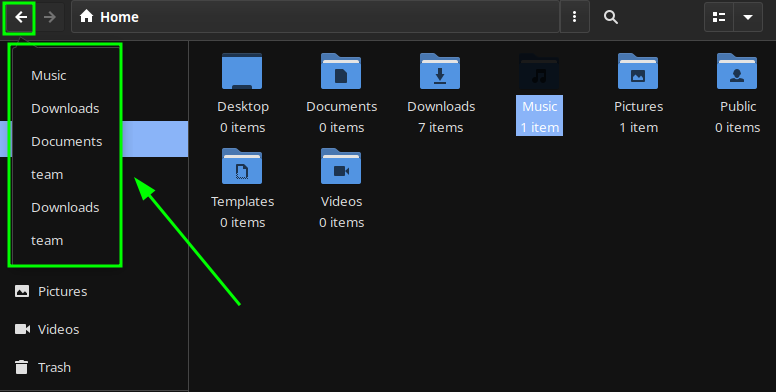
7. Bookmark folders to the left sidebar for quick access
If you frequently access some folders, it would be better to access them from the left sidebar quickly.
It’s quite simple, actually. Select the folder and drag and drop to the left sidebar. The folder will be added as a bookmark.
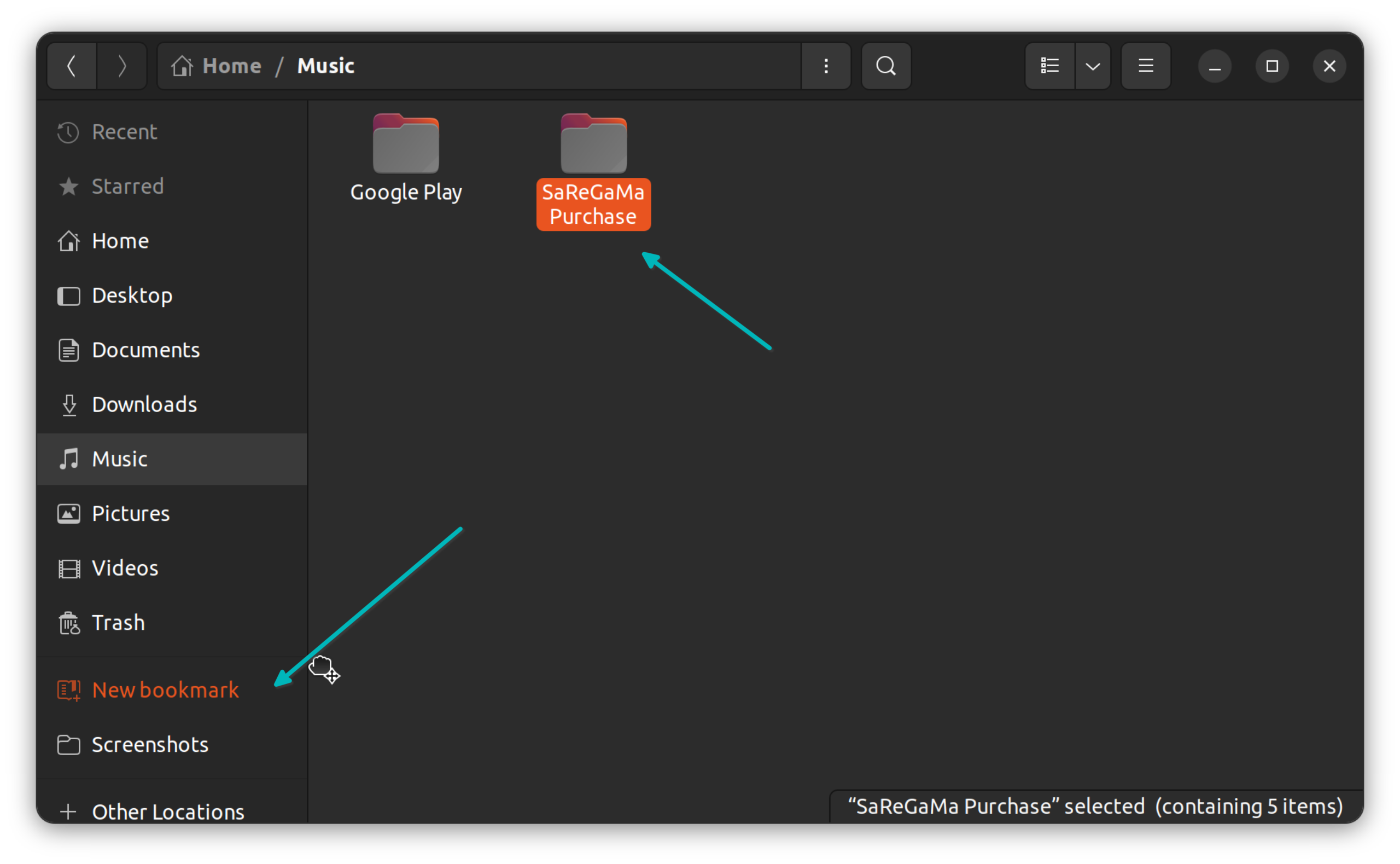
You can remove bookmark the same way. Just drag and drop it from the sidebar.
8. Rotate and Resize images with a right click
To enable this functionality, you need to install ImageMagick and nautilus-image-converter.
sudo apt install imagemagick nautilus-image-converterAfter it is installed, quit nautilus with nautilus -q and re-open nautilus.
Now select the image and right-click to get resize and rotate images.
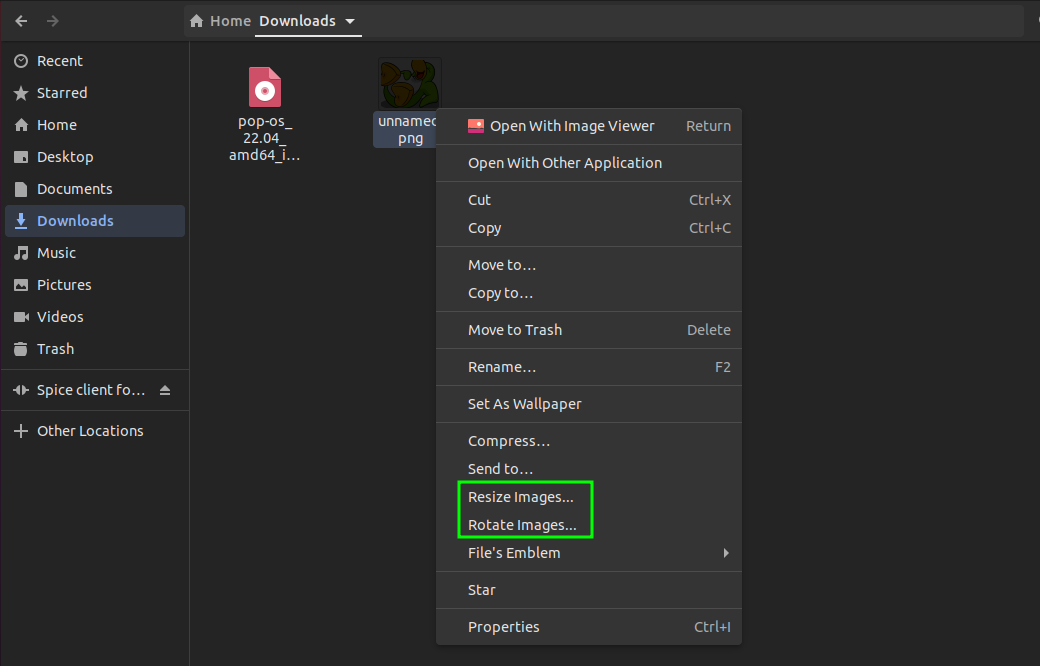
9. Change the colors of individual folders
If you want to add some color to your file explorer, how about changing the colors of the folders?
You can change icons and colors of all folders by using a different icon and theme.
But you may also opt for just changing the colors of selected few folders.

For that, install the following package until Ubuntu 22.04:
sudo apt install folder-colorFor Ubuntu 24.04 and later, use this PPA:
sudo add-apt-repository ppa:costales/folder-color
sudo apt update
sudo apt-get install folder-colorNow, quit Nautilus with nautilus -q command. Upon re-opening, select a folder and right-click on it. You will find the option to change the color of the folder.
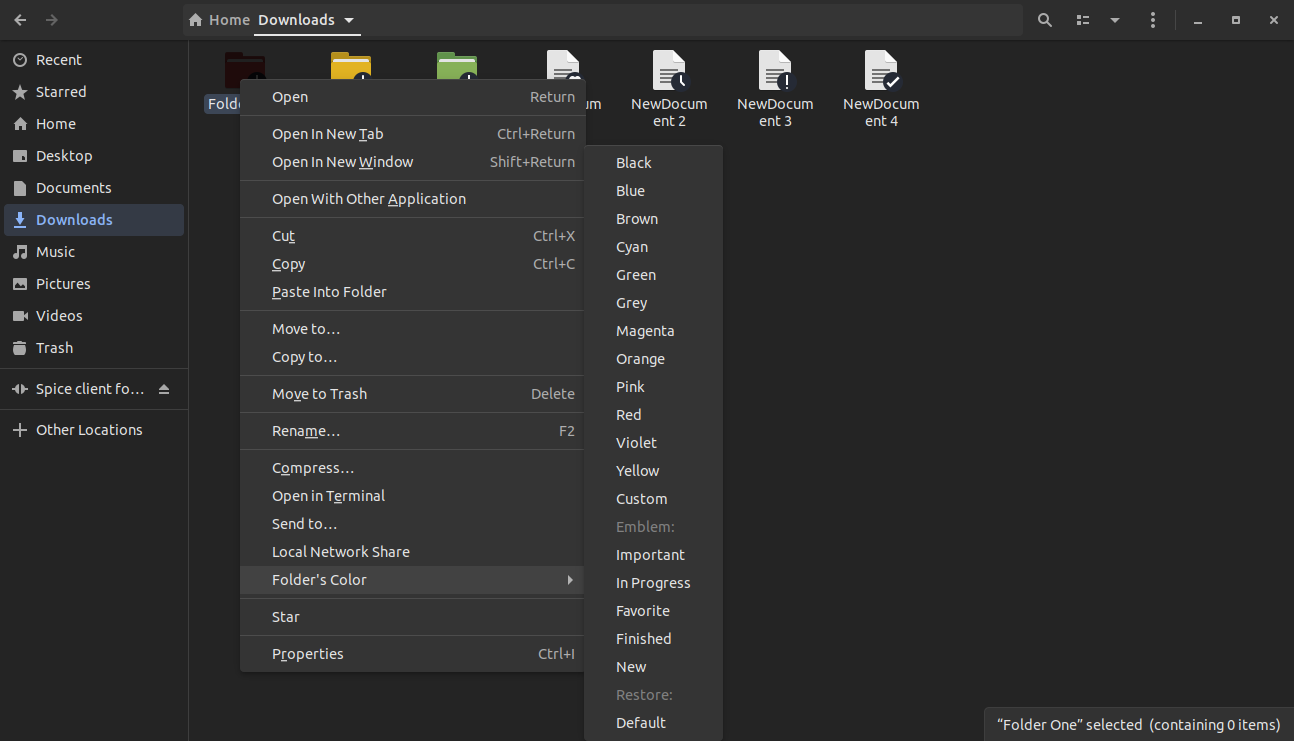
A step further, you can add emblems to files or folders like important, favorite, etc.
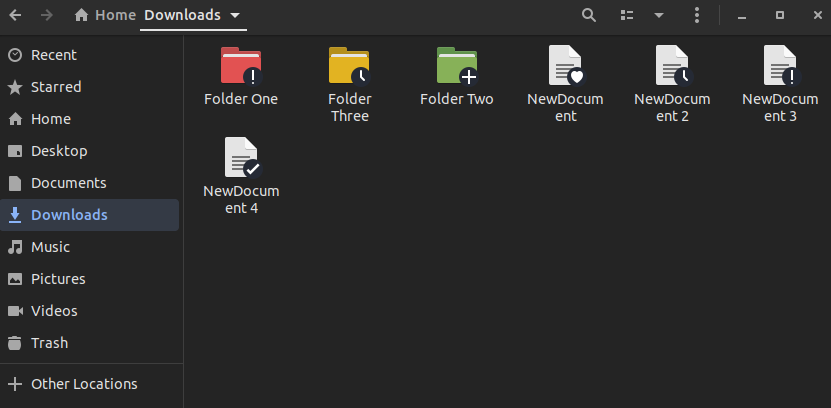
10. Change icons of individual directories
This one takes me back to the Windows XP era. Nautilus also has the built-in feature to change the icons of selected directories.
To do that, right-click on a folder and go to properties.
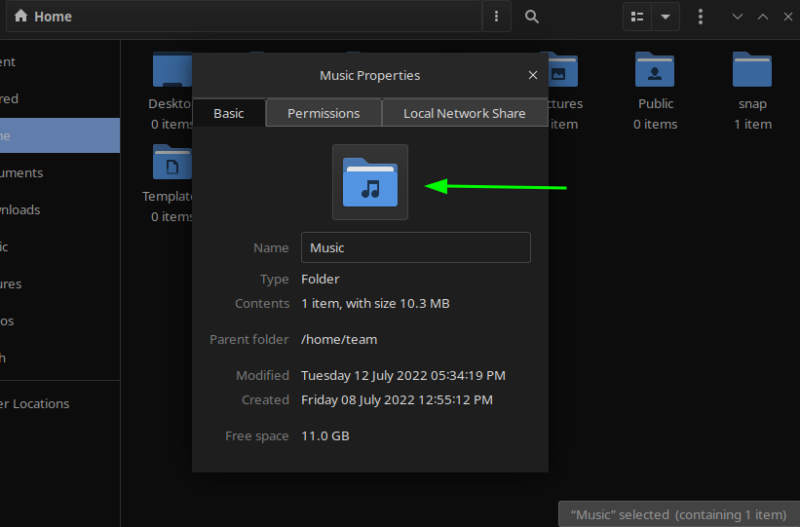
From there, select the Icon, browse and choose the image of your choice.
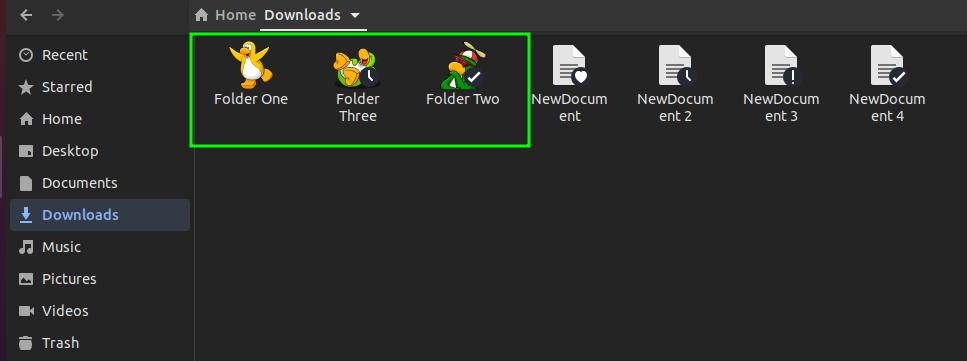
11. Open any location in the terminal
No need for any extra steps for this one. From any location in the file manager, just right-click and select ‘Open in terminal’ option.
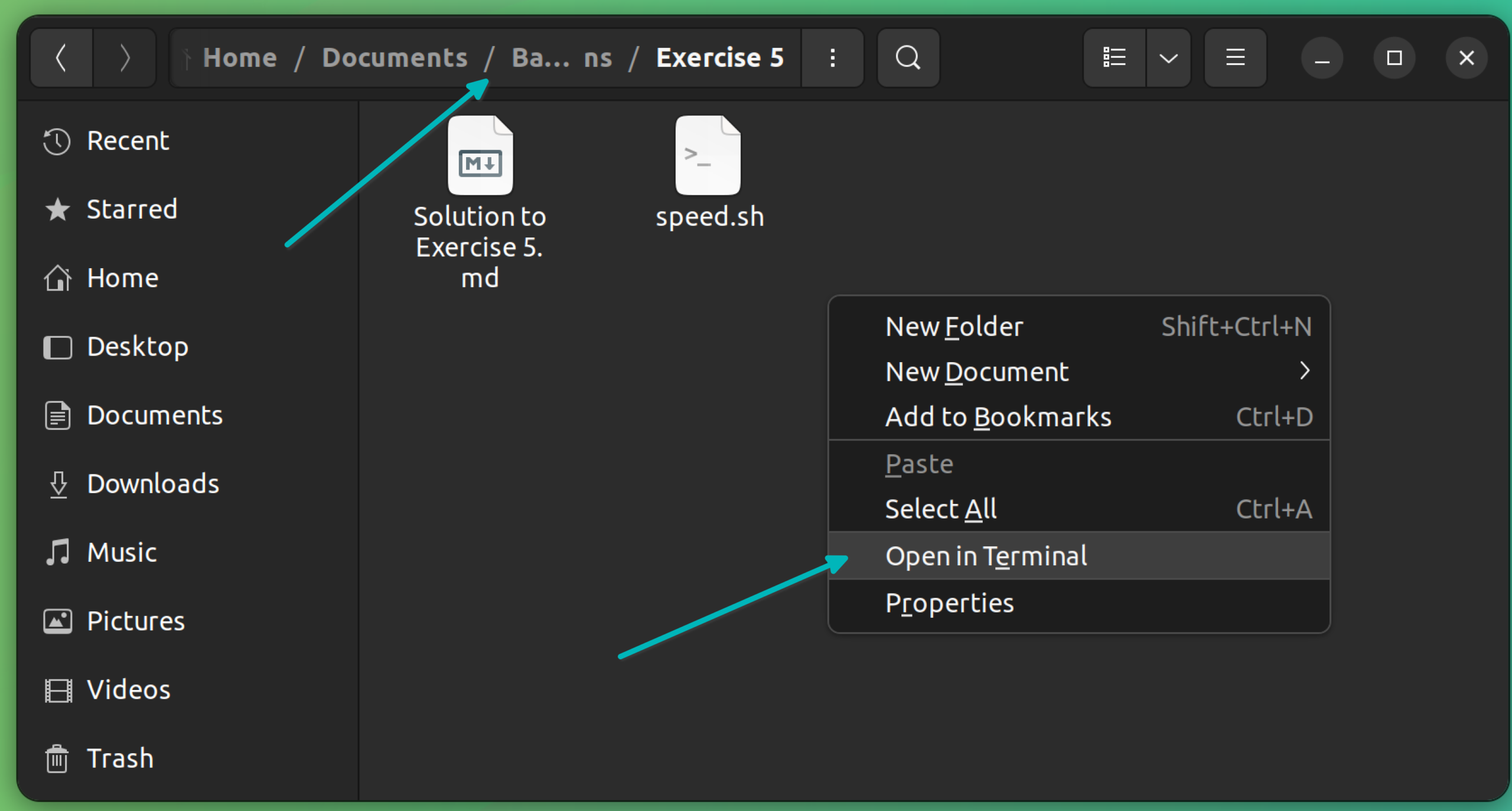
It will open a new terminal, and you’ll be in the exact location as the Nautilus file manager.
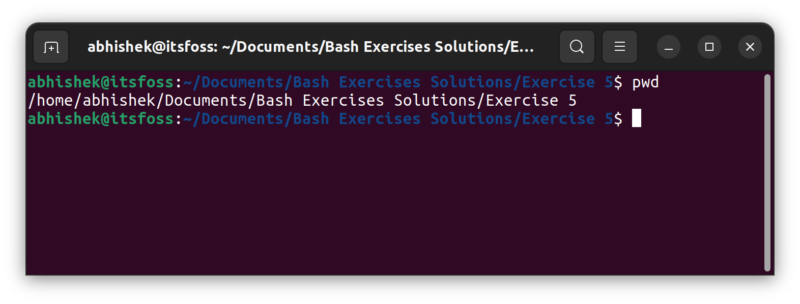
This comes in handy when you have to do something in the terminal on the files in a particular location. It saves the effort of typing a long path.
12. Open files and folder as root from the file manager
You sometimes want to paste files to restricted directories, like /usr/share/backgrounds. You cannot paste such locations or cannot edit such files unless you are root or use sudo.
You can easily switch do that in the terminal but what about the file manager?
With nautilus-admin extension, you can open files as root within Nautilus. No need to open the terminal and perform sudo actions.
sudo apt install nautilus-adminQuit Nautilus after installing the plugin:
nautilus -qYou should see the “Open as Administrator” option in the right-click menu now.
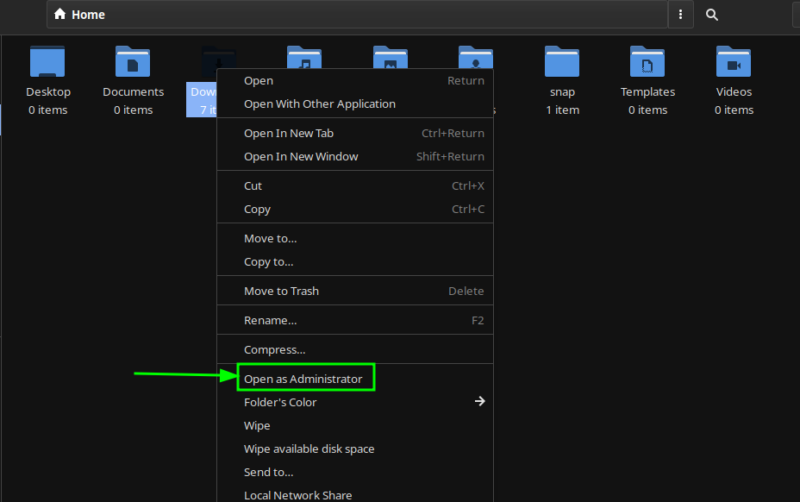
13. Verify hash checksum of files
There are dedicated tools to verify checksum of files in Linux. You can also check hashes in the Nautilus file manager with nautilus-gtkhash extension.
sudo apt install nautilus-gtkhashNow quit nautilus using nautilus -q and re-open. Select the file to check hash and go to the Digests tab in properties.
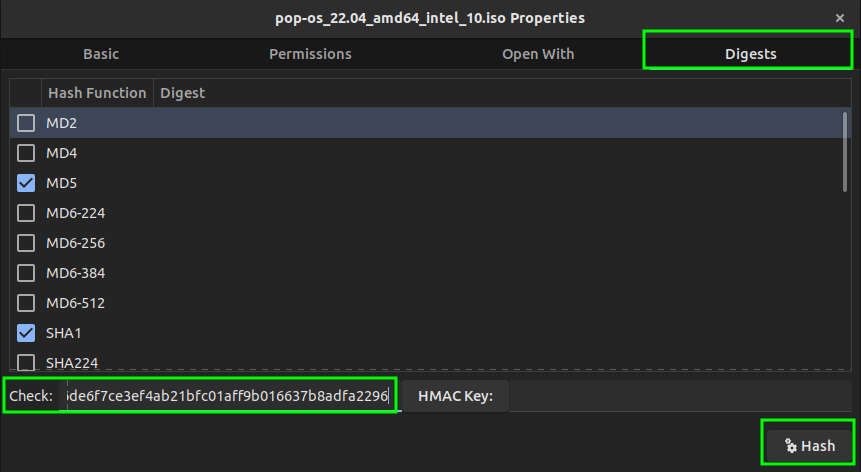
Now enter the Hash to check and press Hash. It will start calculating the hash.
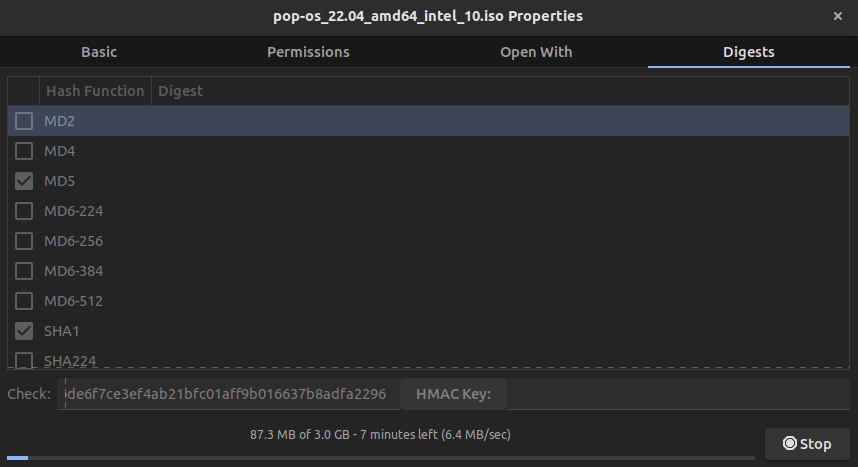
After some time, it will show the result (green tick mark if the hash is valid).
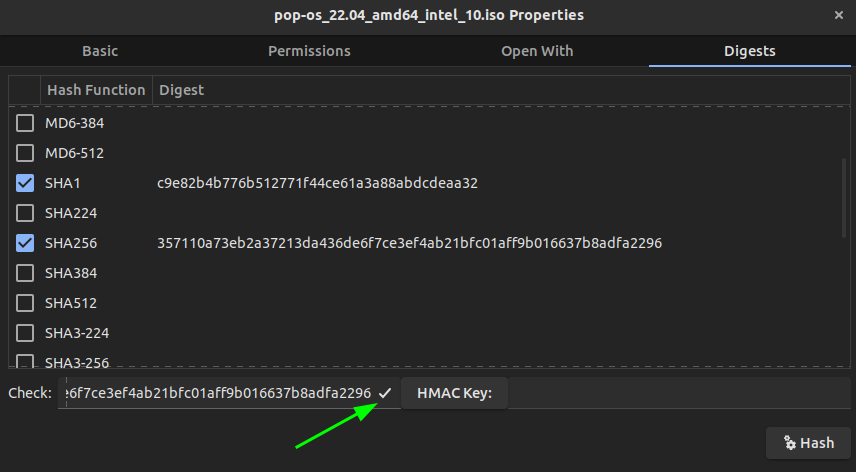
14: Embed a terminal
In the Nautilus file manager, you can embed a terminal. Each time you change directories, a cd command is initiated and the location in the embedded terminal is also changed.
Installing it requires getting several Python packages first. Here are the commands, use them one by one:
sudo apt install python3-nautilus python3-psutil python3-pip libglib2.0-bin dconf-editor
sudo pip3 install nautilus-terminal
sudo nautilus-terminal --install-system
nautilus -q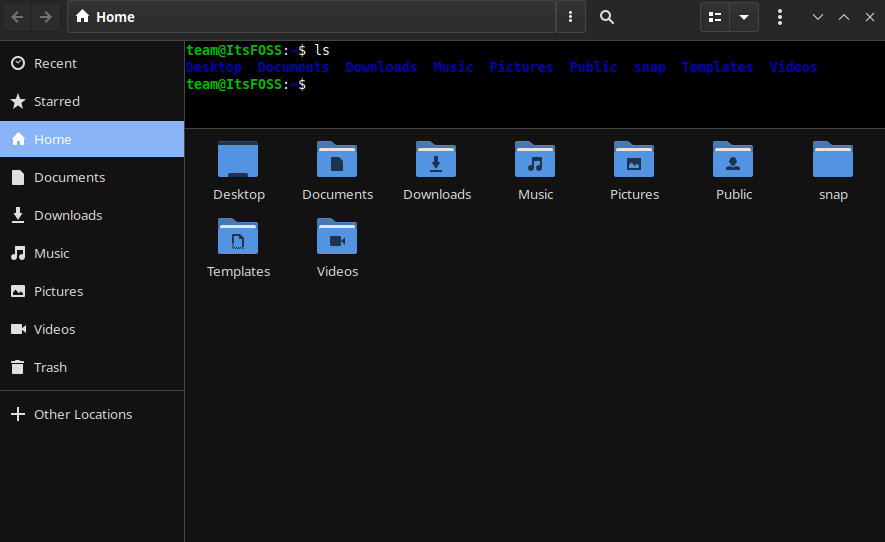
15. Use Nautilus scripts (for advanced users)
Of all the above discussed features, scripting ability is the most powerful feature offered by Nautilus. If you know shell scripting, or other programming languages, then you can create small code snippets to improve the overall functionality of Nautilus.
First, look for a directory called ~/.local/share/nautilus/scripts. This is where you are going to add the custom scripts. If it is not there, create one:
mkdir -p ~/.local/share/nautilus/scripts
Now, let's say we want to create a small script, that will give you an option to copy the full path of the currently selected file/folder to the clipboard.
In order to copy to the clipboard, we use the xclip package.
sudo apt install xclip
After that, create a file called copy-file-location in the scripts' directory.
cd ~/.local/share/nautilus/scripts
touch copy-file-location
Inside this file add the code given below.
#!/bin/bash
# Get the file path of the selected item.
# The NAUTILUS_SCRIPT_SELECTED_FILE_PATHS envirnment variable, set by Nautilus contains the full path of the selected files.
#This is stored to the variable FULL_PATH.
FULL_PATH="$NAUTILUS_SCRIPT_SELECTED_FILE_PATHS"
# The file path in the variable FULL_PATH is copied to the clipboard using xclip.
echo -n "$FULL_PATH" | xclip -selection clipboard
# Use notify-send command to notify the user that the command has been copied to the clipboard.
notify-send "Full path to selected file is copied to your clipboard!" "$FULL_PATH"
Copy File Location. This will be available in the context menu. But, in Linux, using spaceless file names should be a muscle memory.Save the file and give it execution permission.
chmod +x copy-file-location
Now, restart Nautilus using the command:
nautilus -q
Reopen Nautilus and right-click on a file and select Scripts → copy-file-location.
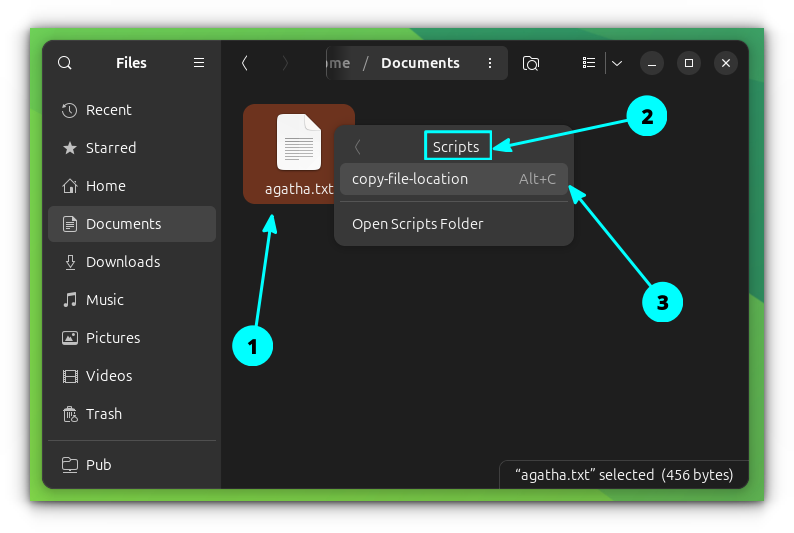
The item will be copied to your clipboard along with a small notification.

This is a GitHub project that has some pre-written scripts to extend nautilus.
Add custom keybinding to the script
Now that you added the script, let's add a custom keybinding to this script action. Keybinding can be specified in a file called script-accels located at ~/.config/nautilus directory. So create/open that file:
nano ~/.config/nautilus/scripts-accels
Here, add the keybinding as follows:
<Alt>c copy-file-location
Save the file and quit Nautilus using nautilus -q. When reopened, you can select the files and use the shortcut to copy location, or whatever script you have created.
Folder Colors
The folder-color can be installed on latest Ubuntu 24.04 using PPA:
sudo add-apt-repository ppa:costales/folder-color
sudo apt update
sudo apt-get install folder-color
More Nautilus extensions and tweaks
There is no end to customizing the GNOME file manager. I could only include a selected few. A few more I could think of are:
- Showing or hiding the Places panel from preferences
- Integrating various cloud storage platforms like Google Drive, Dropbox, Nextcloud, Owncloud, etc
- Deleting items by dragging them into the trash folder
- Zooming in and out by pressing the Control key and scrolling
You may also want to master the file search in Nautilus.
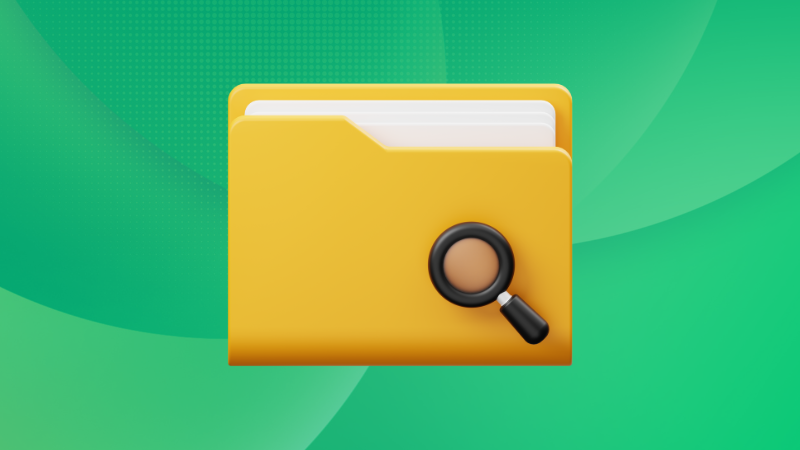
Check out the guide on tweaking the Ubuntu dock if you want more customization.
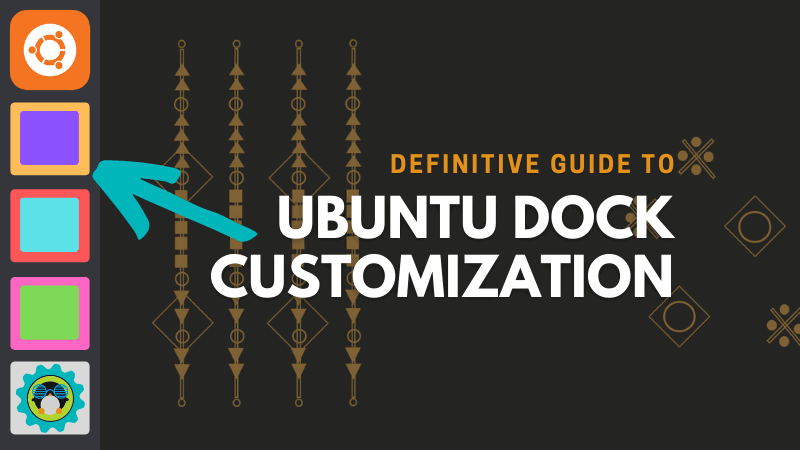
There is a similar article on tweaking Nemo file manager of Cinnamon desktop as well.
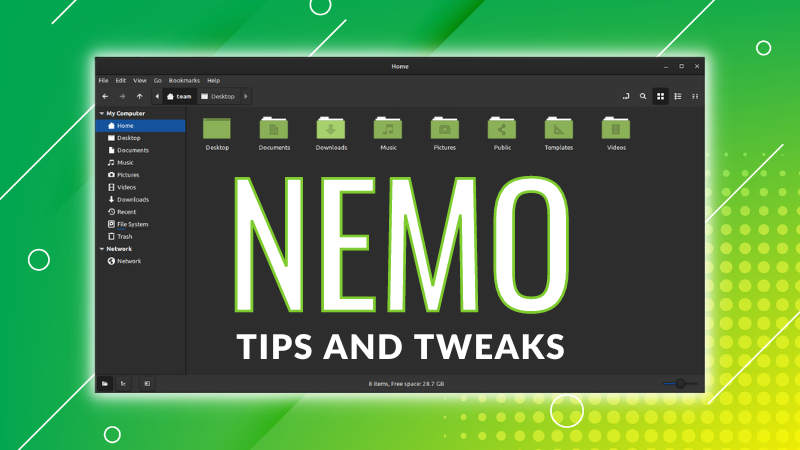
I hope you find a few interesting ones here. Which ones do you like the most? Do you know some other tweak that I didn’t mention here? Share it in the comments.


